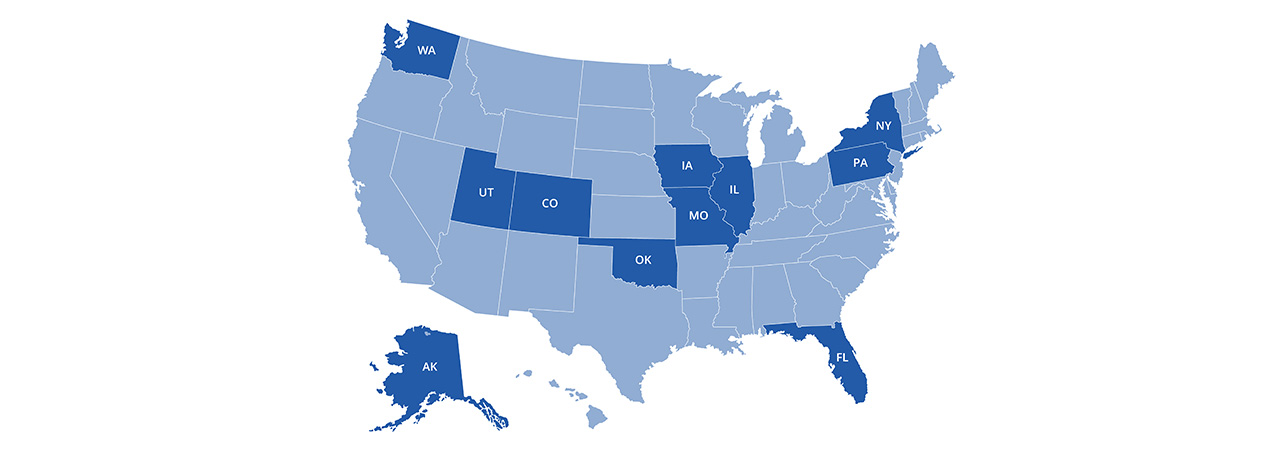3 takeaways from recent changes in state dental assisting requirements

Throughout the year, the Dental Assisting National Board monitors for new dental assisting bills and regulations across the country. Recently, DANB released its latest State of the States report, highlighting key updates and changes of interest in the dental assisting profession from September 2022 through May 2023.
Here are some of the top takeaways from the most recent report.
Refining and expanding the role of dental assistants
As dental assistants gain experience in their careers, many strive to take on more advanced responsibilities in their practices. In DANB’s most recent salary survey, 54% of dental assistants reported holding an expanded functions credential. States continue to further define and expand the roles of dental assistants.
For example, registered dental assistants in New York can now place and remove temporary restorations. In Oklahoma, dental assistants can now apply for expanded duty permits for phlebotomy and venipuncture as well as elder care and public health. Through changes like these, dental assistants can get more variety in their roles, become even more valuable members of their practices, and make progress toward their career goals.
Increasing care for underserved populations
By allowing dental assistants to take on more duties, states are also increasing access to dental care for underserved populations. For instance, dental assistants in Illinois can now be trained to perform coronal scaling on children up to 17 years old who are uninsured or on Medicaid, or who have a family household income no higher than 300% above the federal poverty level.
Some states, such as Colorado and Washington, have passed laws allowing dental therapists to supervise dental assistants. Dental therapists are staff members who can provide routine preventive care for patients, freeing up the dentist to focus on more complex cases and take on more patients. Additionally, Missouri passed an emergency rule to test a pilot program for dental telehealth in assisted living residences and similar facilities.
Addressing workforce shortages and increasing accessibility
The dental assisting profession continues to face a nationwide staffing shortage. In a May 2023 poll by the American Dental Association’s Health Policy Institute, 41% of dentists said they were actively hiring dental assistants, and more than 80% said recruiting has been “challenging” or “extremely challenging.”
To encourage more people to become dental assistants, some states have passed new regulations to expand training opportunities and reduce barriers to entering the profession. In Iowa, new rules went into effect that eliminate the formal application process for dental assistant trainee status, instead allowing for on-the-job training.

